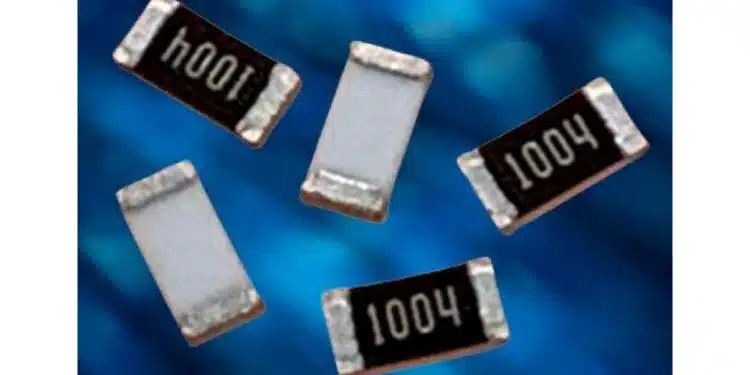Stackpole enhances voltage ratings for RNCE series of high temperature, high stability thin film chip resistors.
Stackpole Electronics, Inc. announced voltage rating improvements for its renowned RNCE series of high-temperature, high-stability thin film resistors.
Known for exceptional robustness and reliability, the RNCE SMD chip resistor series now offers enhanced performance to meet the demanding needs of instrumentation and measurement electronics.
New Voltage Ratings for RNCE Series:
- RNCE0402: 75 V working voltage
- RNCE0603: 100 V working voltage
- RNCE0805: 150 V working voltage
- RNCE1206: 200 V working voltage
These upgrades underscore Stackpole’s commitment to delivering cutting-edge solutions that perform reliably even under harsh conditions, including high temperatures, moisture, and sulfur environments. The RNCE series maintains exceptional stability over its functional lifetime, thanks to proprietary advancements in materials, design, and manufacturing processes.
The RNCE series is engineered to provide superior performance where other thin film resistors may falter, offering outstanding stability, reliability, and robustness, alongside high voltage and power ratings.
Thin film chip resistors like the RNCE series are critical components in modern electronics, balancing performance with cost-effectiveness. Pricing for the RNCE series varies based on tolerance and Temperature Coefficient of Resistance (TCR).
For detailed pricing information, including volume discounts, please contact Stackpole Electronics directly or reach out to our franchised distribution partners.
Features:
- Excellent long-term stability
- Operating temperature up to 175°C
- Advanced sulfur resistance verified according to ASTM B 809
- RoHS compliant, REACH compliant, lead free, and halogen free
- AEC-Q200 compliant
































